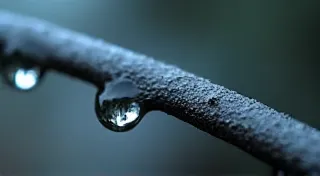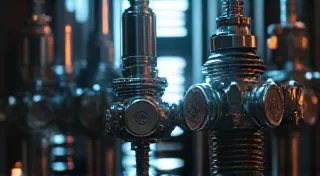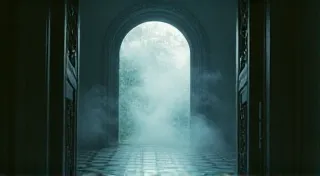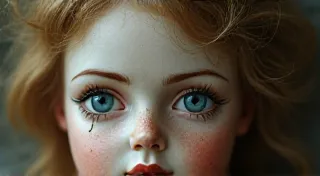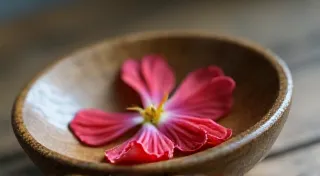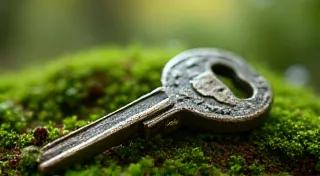The Clockwork Heart: Analyzing the Mechanical Marvels of Early Dioramas
There's a peculiar magic held within the dusty glass cases of antique dioramas. More than simply displays of taxidermied animals, they represent a unique intersection of artistry, engineering, and a Victorian fascination with mimicking life. These miniature worlds, teeming with mechanically animated figures and painstakingly recreated landscapes, whisper stories of a bygone era – an era when ingenuity and meticulous craftsmanship reigned supreme. They are, in essence, clockwork hearts, beating with the ambition to capture and preserve nature’s beauty and complexity.
My first encounter with a truly remarkable diorama occurred during a visit to a small, almost forgotten natural history museum in rural England. It wasn't the grand halls of the larger institutions that captivated me, but a darkened corner dedicated to early displays. There, nestled within a towering Victorian cabinet, was a scene depicting a Scottish Highland stag hunt. The stag, exquisitely mounted, reared and charged, a tiny huntsman on horseback, propelled by a hidden clockwork mechanism, pursued him across a painted moor. The sheer artistry and the clever engineering – visible only through subtle shifts in the painted backdrop and the carefully orchestrated movements – left me spellbound. It wasn't just about the animals; it was about the illusion, the narrative, the feeling of witnessing a moment frozen in time.
The Rise of the Diorama: A Historical Context
The diorama, as we understand it, evolved from the early 19th century. Zoological gardens and museums, seeking to educate and entertain the burgeoning middle class, sought new and engaging ways to present their collections. Early displays often involved simply placing specimens on pedestals or behind glass. However, the desire to create a more immersive experience led to the development of the “peepshow” – a small, portable box with painted scenes viewed through a lens. These peekshows, popular for their novelty and portability, paved the way for the larger, more elaborate dioramas that would soon grace museum halls.
The term "diorama" itself originates from the Greek words “dia” (through) and “horama” (view), aptly describing the experience of looking through a window to observe a recreated scene. Early adopters, like Louis Daguerre (famous for his invention of the daguerreotype), experimented with perspectives and theatrical lighting to heighten the sense of realism. The Victorian era, with its obsession with scientific accuracy and aesthetic beauty, proved to be the perfect breeding ground for this art form to flourish. The proliferation of these displays spurred a whole industry related to collecting and displaying natural history specimens, and the practices surrounding taxidermy evolved significantly to meet the demand for realistic and captivating presentations.
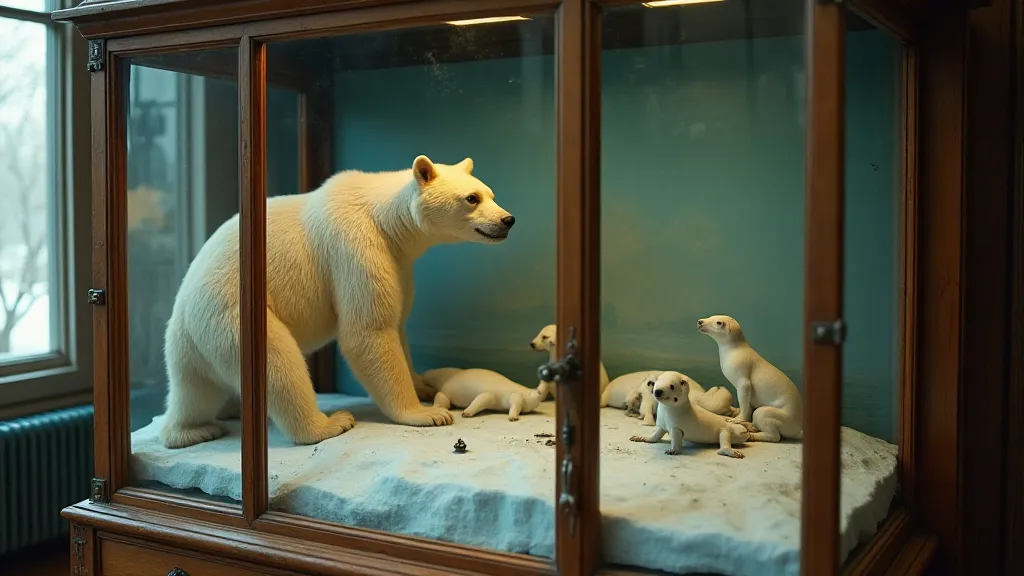
The Taxidermist's Touch: Breathing Life into Stillness
Central to any diorama’s success was the skill of the taxidermist. These weren’t the crude, almost caricature-like mounts of the 18th century. Victorian taxidermists were masters of their craft, meticulously studying anatomy and posture to recreate the animals with remarkable accuracy. They worked with a range of materials – tanned hides, sculpted clay for facial features, and glass eyes that seemed to hold a spark of life. The positioning of the animal within the diorama was crucial; it had to appear natural and believable within the constructed environment. The preservation of these specimens was a delicate process, and the care required to maintain their appearance over time highlights the fragility of these collections.
Consider the challenges involved! Not only did the taxidermist need to accurately portray the animal’s physical form, but they also needed to consider how it would interact with the mechanical elements of the diorama. The mounting had to be strong enough to withstand the repeated movements of the clockwork mechanism, yet also allow for a degree of flexibility to maintain a lifelike appearance. The artistry extended to more than just the animal itself; the meticulous detail applied to the surrounding habitat contributed to the overall illusion of reality.
The Mechanical Heart: Gears, Cords, and Clockwork Precision
The magic of these dioramas lay not just in the artistry of the taxidermy and the painted backdrops, but also in the ingenious clockwork mechanisms that brought them to life. These weren't simple, straightforward movements; they were carefully choreographed sequences designed to mimic natural behavior. Think of a flock of birds taking flight, a lion stalking its prey, or a herd of bison migrating across a painted prairie.
The mechanics themselves were surprisingly complex, often involving a series of interconnected gears, pulleys, and levers powered by a tightly wound spring. The spring, carefully regulated by a complex escapement mechanism, would slowly release its energy, turning the gears and driving the movements of the figures. Fine cords and wires, often almost invisible, connected the gears to the taxidermied animals, dictating their movements. These cords had to be carefully positioned to avoid entanglement and ensure smooth operation. The skill required to design and build these complex systems demonstrates a deep understanding of physics and engineering principles, often applied in ways that were far ahead of their time. There was also a great deal of consideration given to the types of animals presented, and it’s fascinating to consider how certain species became more prominent in these displays, sometimes overshadowing lesser-known species.
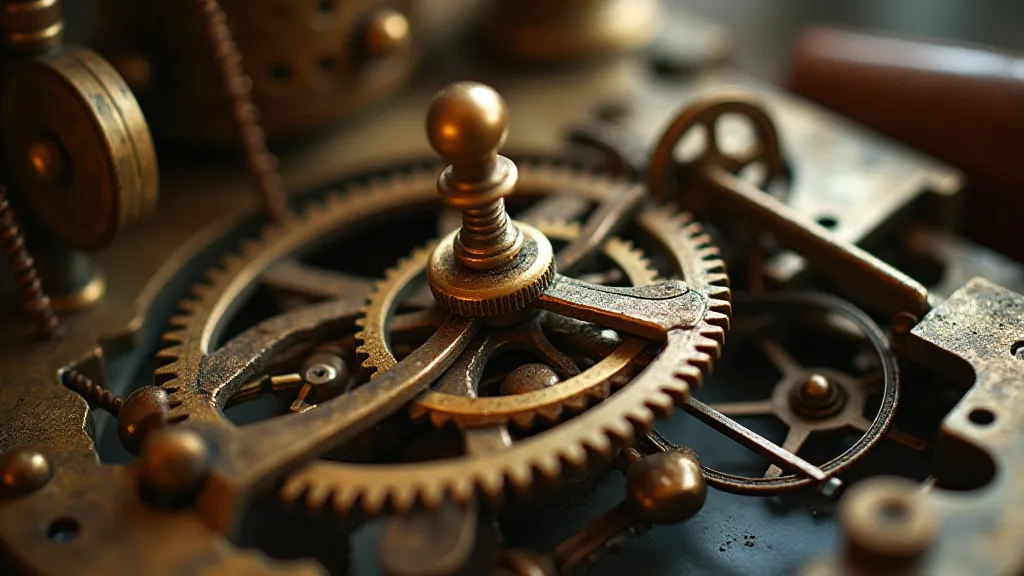
Artistic Vision and Narrative
Beyond the technical skill, these dioramas represented a profound artistic vision. The creators weren’t just creating displays; they were crafting narratives. They were attempting to capture the essence of wild places and the drama of the natural world. The choice of subject matter – often depicting hunting scenes, migration patterns, or encounters between humans and animals – reflected a Victorian fascination with exploration, adventure, and the sublime beauty of nature.
The painted backdrops were also crucial in creating a sense of realism and depth. Skilled artists meticulously recreated landscapes, often incorporating elements of perspective and atmospheric perspective to create the illusion of vast distances. These backdrops weren’t simply painted onto flat surfaces; they were often constructed using relief modeling, adding texture and depth to the scene. The artists frequently drew inspiration from contemporary photography and scientific expeditions, attempting to capture not only the visual aspects of a landscape, but also its underlying atmosphere and mood. They aimed to evoke a sense of wonder and connection to the natural world, often subtly embedding symbolic elements that would resonate with the viewer’s understanding of the time. The challenge of recreating habitats, and how they were perceived, is compounded by the fact that many have now vanished, leaving a ghostly impression within these displays; a tangible sense of loss reflected in the spectral presence of lost habitats.
Preserving a Legacy: Restoration and Appreciation
Sadly, many of these magnificent dioramas have fallen into disrepair. Years of neglect, fluctuations in temperature and humidity, and the wear and tear of countless viewings have taken their toll. However, a dedicated group of conservators and enthusiasts are working tirelessly to restore and preserve these unique works of art.
The restoration process is incredibly delicate, often requiring a deep understanding of Victorian taxidermy techniques, clockwork mechanics, and painting conservation. It’s a labor of love, requiring patience, skill, and a profound appreciation for the artistry and ingenuity of the original creators. It also requires a deep understanding of the original materials and techniques employed, sometimes involving reverse-engineering processes to replicate lost skills. The complexity of these displays meant that the creators, often working in isolation, had unique approaches and solutions, making their restoration even more challenging.
The ongoing preservation effort aims not only to restore the physical integrity of the dioramas, but also to document and interpret their historical and cultural significance. By sharing these stories with new generations, we can ensure that these remarkable creations continue to inspire and educate for years to come. The challenge extends beyond mere repair; it encompasses a broader effort to re-contextualize these displays within a contemporary understanding of natural history and cultural heritage.
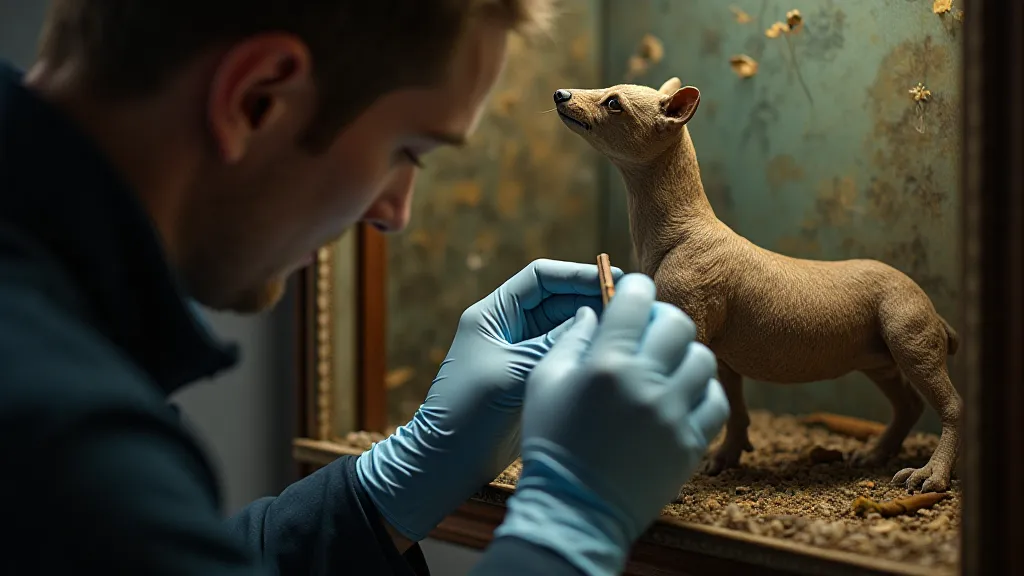
These dioramas aren’t just relics of the past; they are a testament to the enduring power of human creativity and the timeless beauty of the natural world. They serve as a powerful reminder that even in a world dominated by digital technology, there is still magic to be found in the intricate workings of a clockwork heart. They offer a unique window into a bygone era, a time when human ingenuity and a profound respect for nature converged to create something truly extraordinary.
